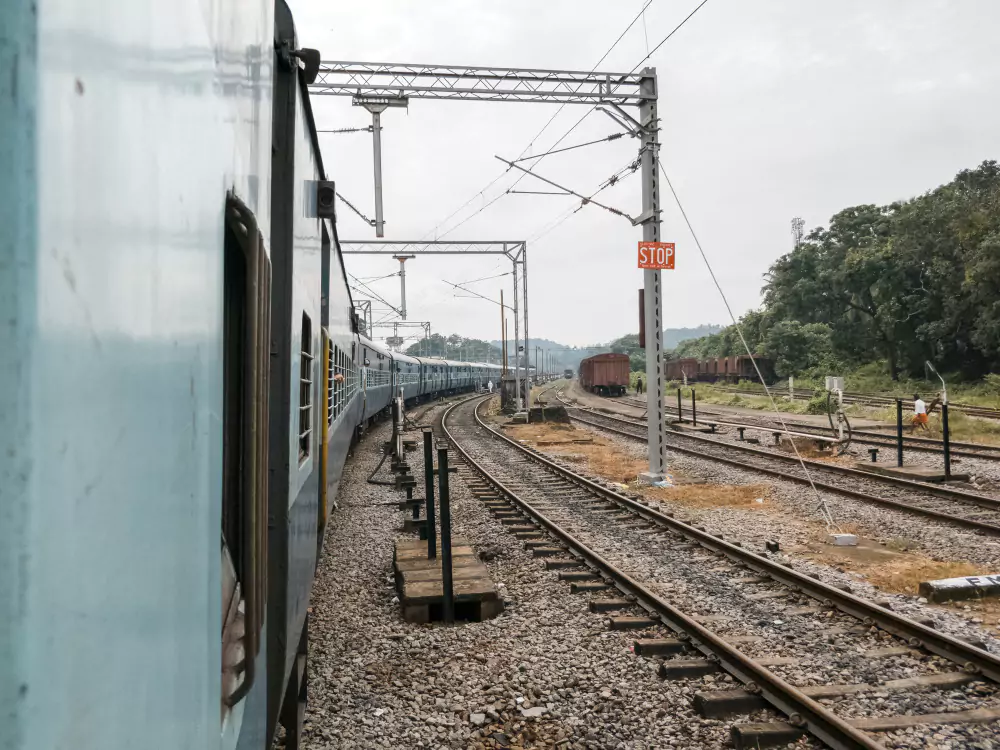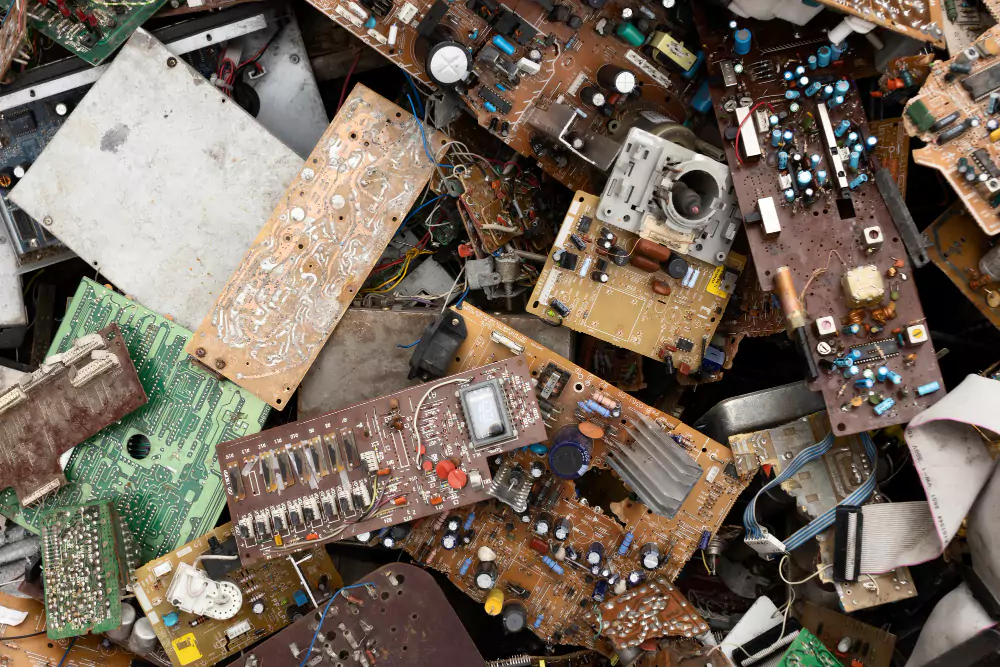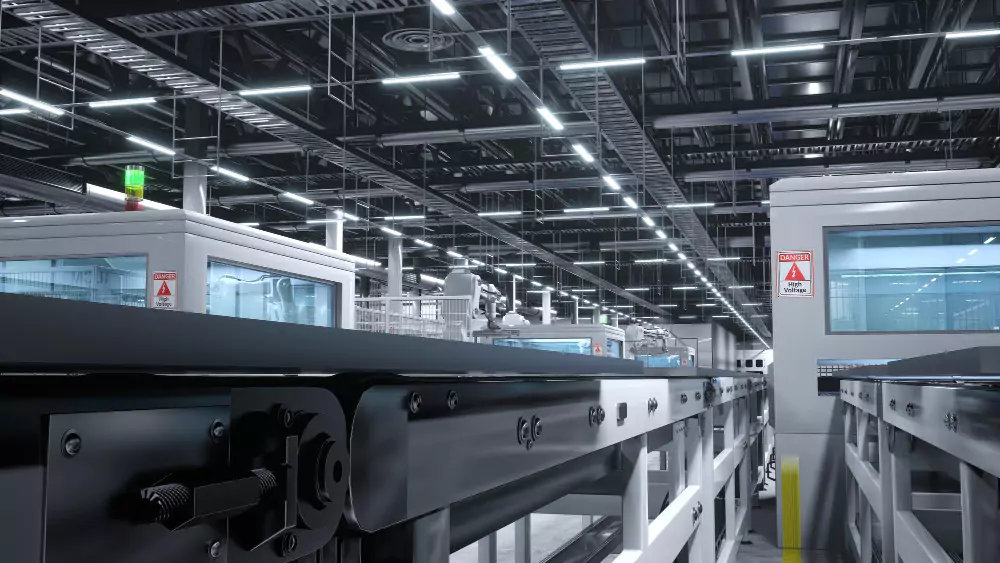From mainline to metro, the Indian railway network has been the backbone of the nation’s transport infrastructure, connecting people across every state and culture. India, which has the fourth-largest railway network in the world, extending over 65,554 kilometers, is undergoing a major modernization push centred around safety, durability, and sustainability. This is where nickel containing steel plays a major role in fuelling connectivity.
Since 2018, Indian railways have exclusively used stainless steel in all of its coach manufacturing, including mainline and fast trains. Components that are prone to corrosion, such as the roof, trough floor, toilet inlay, bio-toilet digester, water storage tanks, and entrance gangways are all manufactured using nickel-containing austenitic grades of stainless steel. This type of stainless steel offers unmatched advantages such as strength, durability, energy efficiency, and reduced maintenance requirements.
Building on this progress, India’s urban metro networks such as those in Delhi, Kolkata, Bangalore have also adopted nickel rich stainless steel in coach shells and station structures. Each metro coach incorporates approximately 8 tonnes of Type 304 stainless steel, containing approximately 8-10% nickel. These alloys offer a high strength-to-weight ratio and eliminate the need for paint, reducing both environmental impact and maintenance costs.
Additionally, the Kolkata East-West Metro, India’s first underground metro tunnel at 33 metres below the ground, uses stainless steel with significant nickel content for structural integrity and corrosion protection under riverbed conditions.











